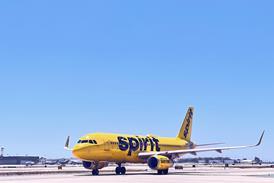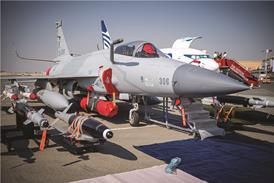Ramon Lopez/WASHINGTON DC
The US Department of Defense should consider consolidating some of its intelligence-gathering aircraft and recon- naissance pod programmes, according to an architecture study released by the Defense Airborne Reconnaissance Office (DARO).
Unclassified portions of the study look at development of a framework for designing an intelligence, surveillance and reconnaissance architecture for 2010 and beyond. "The superb collection of dissemination systems of the 1980s and 1990s, which were developed for a Cold War environment, may not be the best choice for the rapidly changing information warfare age of the next century," it says.
"A central theme of this report is that platforms operating in the same place with the same general operating characteristics are logical choices for consolidation on to one type of platform," it continues Missions performed by RC-135S Cobra Ball, RC-135U Cobra Sent, RC-135 Rivet Joint, EP-3E Aires II and E-8 Joint Surveillance and Target Attack Radar System aircraft could be consolidated on a few new common aircraft types, says DARO. A reconnaissance version Lockheed Martin C-130J is suggested as one possibility.
The study acknowledges that some intelligence missions will be transferred to unmanned air vehicles, such as advanced versions of the high-altitude Teledyne Ryan Aeronautical Global Hawk and the Lockheed Martin/Boeing DarkStar in development.
The report also says that signal intelligence analysis now performed aboard aircraft could be shifted to the ground. Meanwhile, tactical reconnaissance pod developments involving the US Air Force, Navy and Marine Corps should be combined, it says.
Source: Flight International























